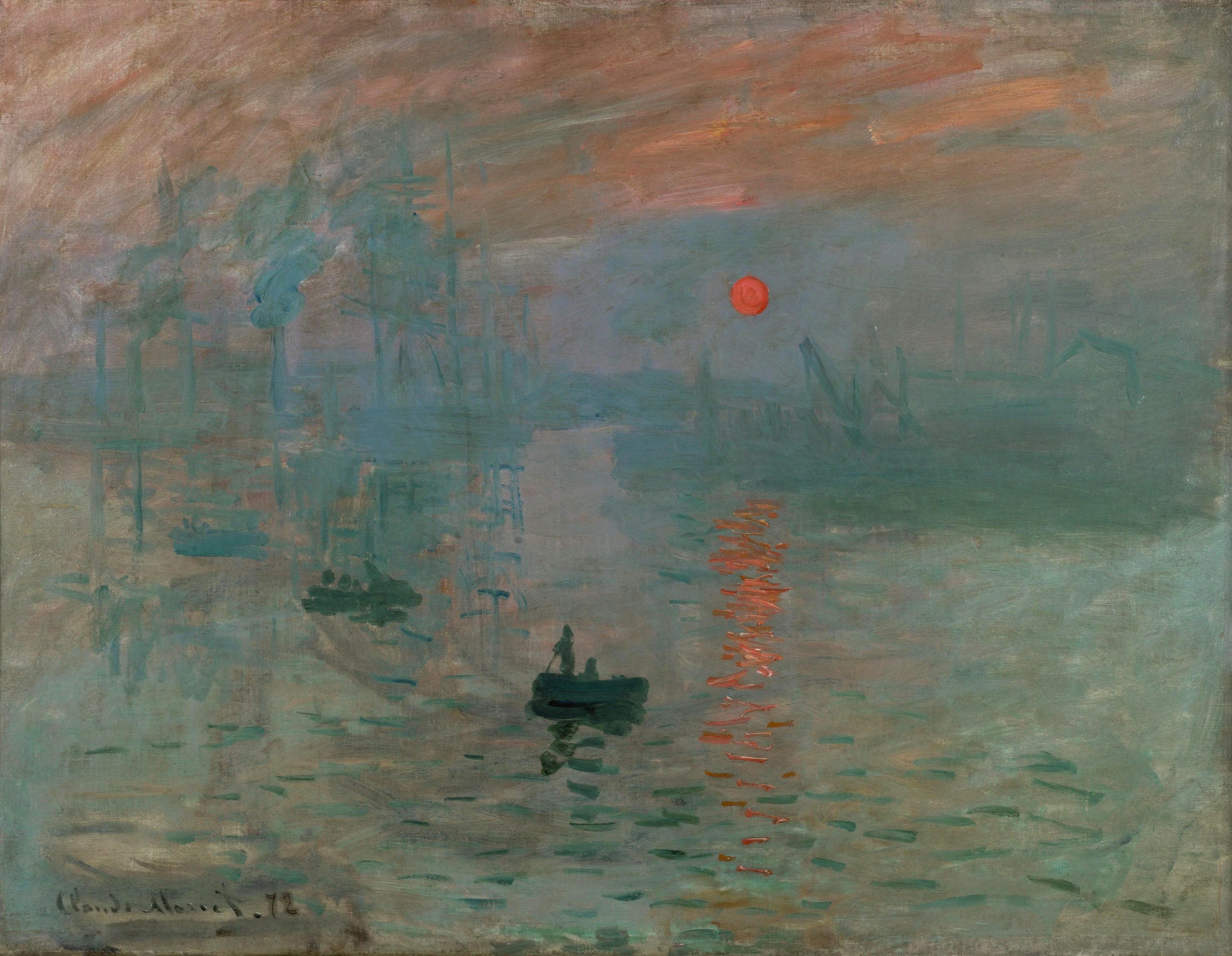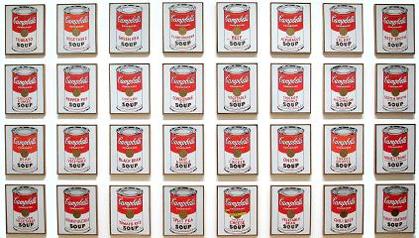My First Note: The Artist, the Audience, and Catharsis
(The original of my text is in Farsi, I hope you will forgive any translation mistakes I may have made.)
Have you ever watched a movie or a painting and felt like your soul had been transformed? Or perhaps a piece of music has transported you to another world? This shared human experience is a result of the power that art holds over us. Art, through the process of catharsis or spiritual purification, helps us to better understand the world and ourselves.
Catharsis refers to the purging of negative emotions and the experience of a kind of spiritual cleansing. Artistic catharsis is a complex and multifaceted process that has been debated and explored throughout the history of philosophy and art. Aristotle, in his “Poetics,” defined catharsis as the purging of negative emotions and the purification of the soul. This process is achieved through the audience’s empathy with the characters and events of a tragedy.
However, our understanding of catharsis has evolved over time. Psychoanalysts, such as Sigmund Freud, have proposed catharsis as a tool for treating mental disorders, arguing that expressing repressed emotions can contribute to improved mental health. In the realm of aesthetics, catharsis is seen as a profound and transformative aesthetic experience, where the audience, through engagement with art, gains a deeper understanding of themselves and the world around them.
Aristotle also considered art to be a powerful tool for transforming the human soul. He believed that the artist creates a new world and establishes a condition in which art is seen as superior to reality. Unlike the historian who records reality as it is, the artist manipulates reality to create a new world, thereby inducing a feeling of catharsis in the audience.
This profound and transformative experience of catharsis has manifested in various forms throughout art history. Artists of every era, inspired by the world around them and using a diverse range of tools and techniques, have created works that are not only aesthetically pleasing but also address fundamental human questions about existence, life, and death.
Throughout history, artists have strived to provide this experience to their audiences by creating a variety of artistic styles. Each artistic style, offering a new and unique perspective on the world, allows the audience to connect more deeply with their emotions, thereby contributing to the individual and collective growth of humanity. Conversely, human engagement with art has transformed our understanding of the world, leading to the emergence of diverse artistic styles throughout history. For instance, Realism sought to accurately represent reality, while Impressionism emphasized the artist’s personal emotions and perceptions of nature.
Impression, Sunrise” by Claude Monet (1872)

Impressionism focused on capturing the effects of light and color in fleeting moments, deliberately moving away from the detailed and realistic techniques of previous styles.
Moreover, the evolution of artistic styles has been influenced by other factors such as society, culture, and technology. For example, during the Renaissance, as humanity’s perspective on the world shifted and individualism gained prominence, artistic styles also gravitated towards realism and humanism. In the modern era, with the advent of new technologies, artists have gained access to new tools for expression, giving rise to abstract and experimental art styles
What lies behind all these changes in artistic styles? And why do artists constantly seek to create new styles? The answer is simple: to preserve catharsis.
Campbell’s Soup Cans” by Andy Warhol (1962)

Pop Art used images and objects from everyday life and popular culture, deliberately distancing itself from fine arts and elitist styles of previous eras.
The evolution of artistic styles is a dynamic and ongoing process, influenced by various factors such as social changes, technological advancements, and shifts in human beliefs and values. Each artistic style is a reflection of its time and, in turn, influences the formation of subsequent styles.
Artists, through the creation of innovative works, challenging existing rules, and developing new visual languages, seek to evoke emotions in the audience and create unique artistic experiences. By using colors, lines, forms, and various materials, they create imaginative and meaningful worlds that inspire thought and reflection in the viewer.
When an artistic style becomes widely used and repetitive, it can no longer produce the same initial impact on the audience. For this reason, artists are forced to seek new ways to evoke the audience’s emotions.
For this reason, some artists disregard the artistic styles that preceded them, breaking away from established styles and seeking new ones to keep human aesthetics at its peak. To achieve this and create a successful work of art, an artist must pay attention to their audience and understand their needs and expectations. Additionally, they must have a thorough understanding of artistic expression tools and be able to effectively convey their message to the audience using these tools. On the other hand, the understanding and interpretation of art is not a one-sided process. The audience also plays an active role in this process. Modern audiences seek a correct understanding of the artwork, and critics, supporters, and opponents of an artwork, through analysis and interpretation of the artwork, help the audience in the process of creating new meanings and enjoying the artwork. Artists are also often seeking to engage with their audience and use various methods to do so. Some artists provide clear and explicit explanations of their works to help the audience gain a deeper understanding of them. Others invite the audience to participate in creating meaning by creating interactive artistic experiences. In the digital world, artists use social media and other communication tools to connect with their audience and receive feedback. Ultimately, the goal of all these processes is to create a profound aesthetic experience. The interaction between the artwork and its audience is the core of art valuation. The more dynamic and meaningful this interaction is, the greater the aesthetic value of the work. Art, as a universal language, is a bridge between people and cultures. This language, transcending geographical and temporal boundaries, allows us to empathize with others, gain a shared understanding of the world, and answer fundamental questions about existence. Art helps us to see the world from different perspectives and to better understand ourselves.

